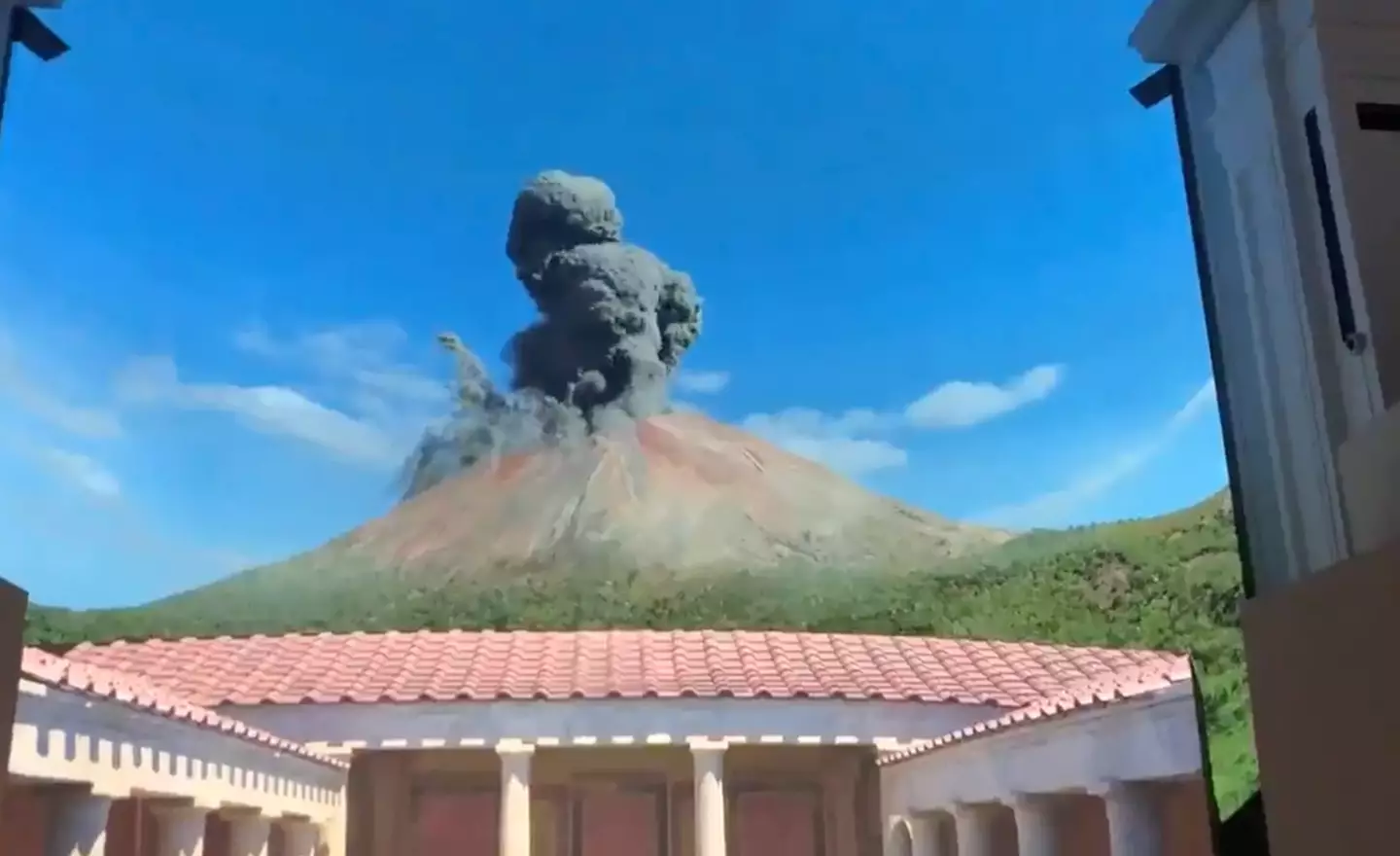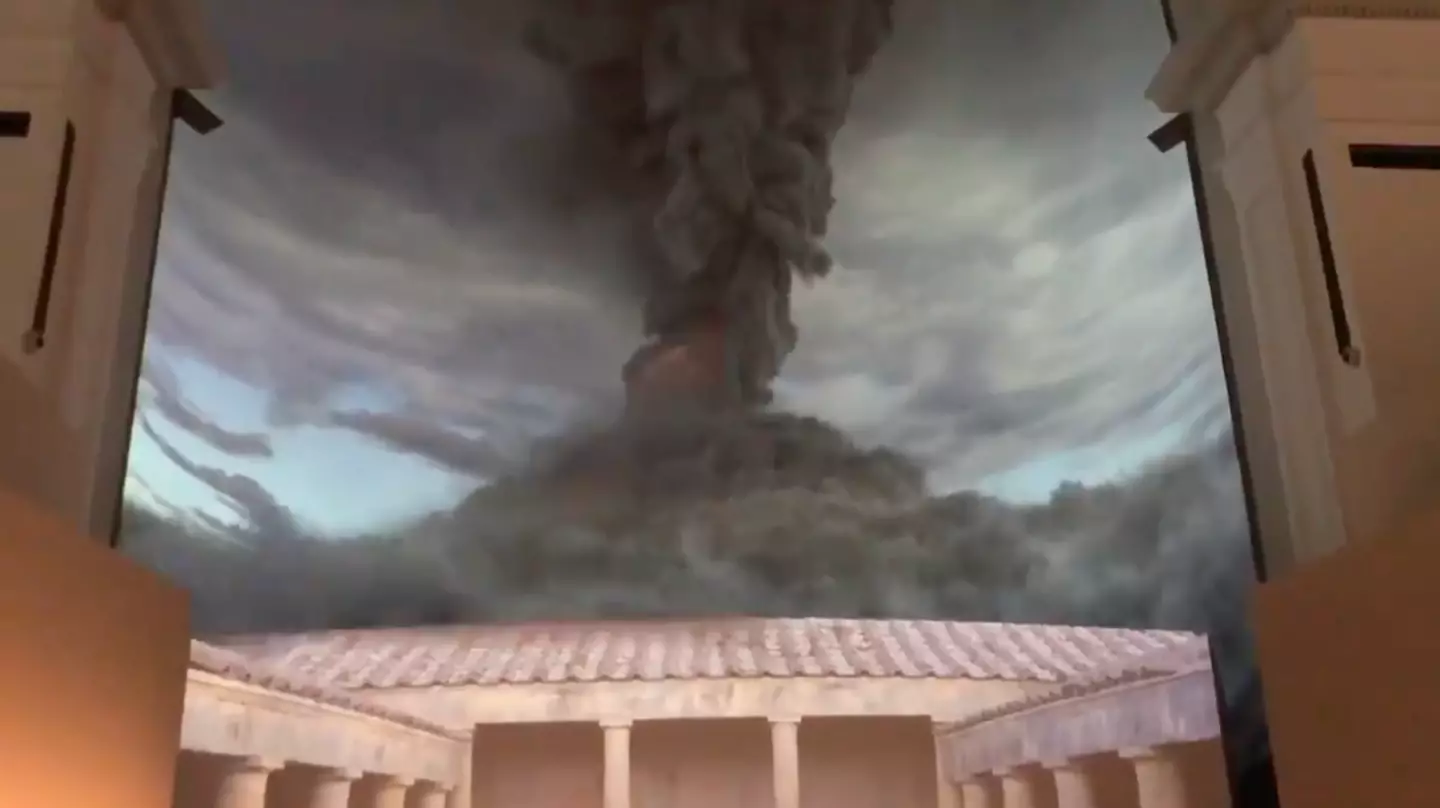A chilling animation depicted the terrifying last moments for the inhabitants of Pompeii as Mount Vesuvius erupted.
The catastrophe that befell Pompeii in 79 AD continues to captivate many people.
The eruption of Mount Vesuvius in Italy is considered one of history’s deadliest volcanic events, claiming the lives of approximately 16,000 unsuspecting residents living nearby.
The eruption would have been accompanied by deafening sounds, and looking up would have unveiled a nightmarish scene as the townsfolk faced their imminent demise.
Those unable to escape were bombarded with super-heated gas clouds, molten rock falling from the sky, and scorching ash.
This scenario represents one of the most horrifying ways to die.
The disaster obliterated several Roman towns and settlements, entombing citizens and artifacts beneath pyroclastic flows in almost fossilized states.
Experiencing a volcanic eruption of such magnitude, with 100,000 times the thermal energy of the atomic bombs dropped on Japan during World War II, is beyond most people’s imagination because, if you did witness it, survival would have been nearly impossible.
For those morbidly curious about what it might have been like, here’s the video:
In 2020, the Grand Palais museum in Paris decided to recreate the horror of the ancient event for visitors, who likely had no idea what they were in for.
Digital Projection collaborated with French integrator ETC Onlyview to deliver the exhibition, which showcased the historic city before, during, and after the calamitous eruption.
Though the exhibition has since closed, limiting current accessibility, the animation remains available thanks to social media.

In 2020, the Italian Embassy in France shared a clip of the eruption animation on its X (formerly Twitter) page.
The animation illustrates the towns’ perspective during the eruption and the brief moments they had before being engulfed by pyroclastic flows.
Following the eruption, the animation shows a massive plume of black smoke emanating from the volcano, followed by molten rocks raining down on the city.
The pyroclastic flows are depicted moving swiftly down the mountain, eventually consuming the houses in their path.

The cities of Pompeii and Herculaneum have intrigued scientists and archaeologists since their discovery and remain significant tourist attractions in Naples, Italy.
Both sites feature well-preserved streets, some with murals inside buildings, maintaining remarkable levels of preservation.
However, it is crucial not to take anything from these historical sites, as demonstrated by a tourist who took a piece of ‘cursed’ volcanic rock, only to quickly return it.

